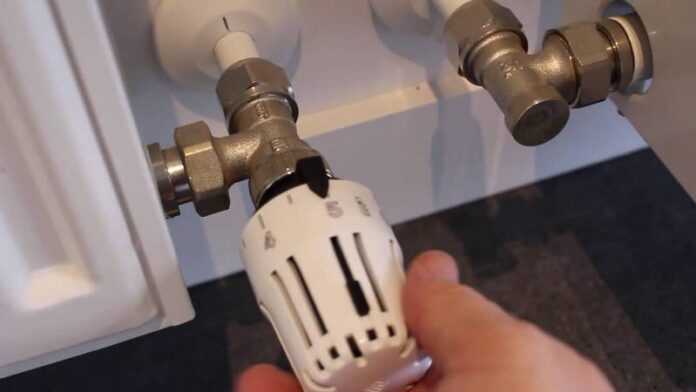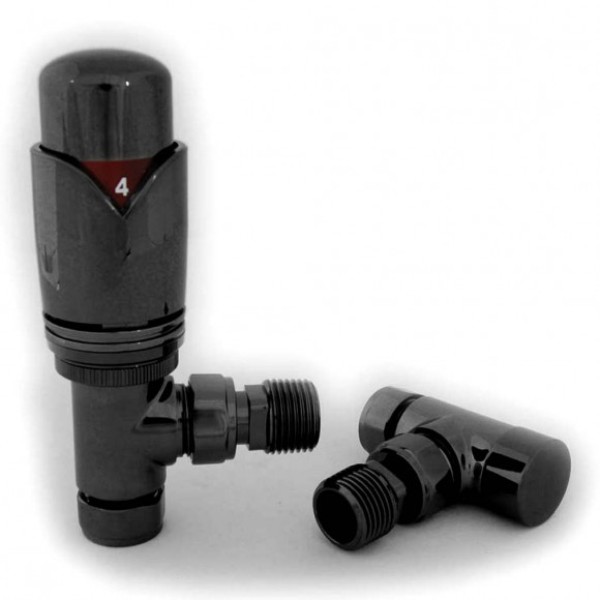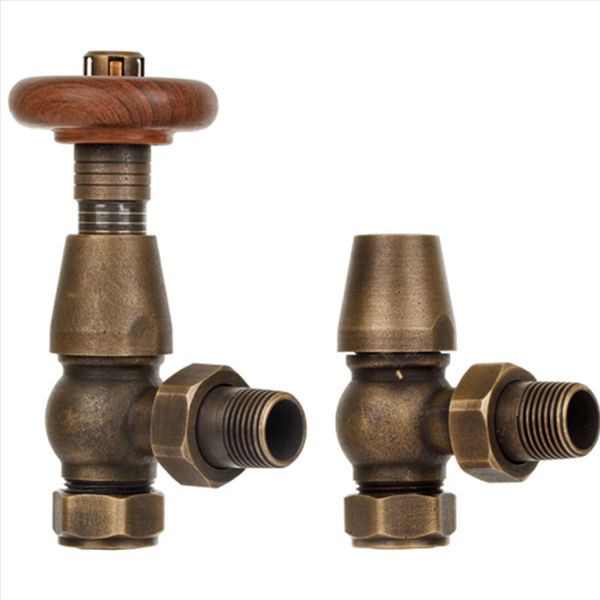There are many modern mysteries we have in our homes. Whether it’s arguing over the dial on your toaster being related to heat or time (it varies depending on make and model), or if the gauge inside your refrigerator makes things warmer or colder if you turn it up, there are enigmas waiting in every room that we dare not touch.
Perhaps one of the most intriguing and lesser-known are those just a little higher than ankle height in every room in the form of the humble radiator valve. You might have one in your line of vision as you read this and realise you’ve never touched it. You might have a radiator with valves containing different sections and numbers you can’t understand.
No need to worry any longer! It’s time to become the radiator valve expert in your home. In this short post, we’re going to look at what exactly your radiator valve does, how it works, what the different valves are, and how to know if a valve is broken.
Know what the valve does
In the most basic sense, your radiator valve is simply a tap in a closed loop. When you turn the tap in a sink, water comes out. When you turn the valve on a radiator, you’re looking to let warm water from your heating system into the radiator and around the loop you have set up at home.
In most UK homes, radiators will heat from the ground floor first as they’re closest to your boiler.
Know how your radiator valve works
If the valve is just letting water in, why are there different types and what do the numbers mean?
With a basic valve, known as a manual valve, you have to go and adjust it to let the thread be wide enough to let a certain level of water in at any time. You’re like the bouncer of an exclusive radiator club.
The confusion for many people lies with thermostatic valves, also known as TRVs. These are the valves with numbers at the bottom and a little enclosed capsule on top. When you set the valve to a certain number, you’re asking a capsule inside the valve to open and close when the room is a certain temperature. If it’s warm, the capsule expands and a pin closes over the area water comes in. If it’s cold, the capsule shrinks down and water gets in.
It’s as simple as that. Now if only you could tell the difference between an angled and corner radiator valve.
Know the difference between valves
There isn’t just one kind of valve. In fact, if you take a little deep dive you’ll be surprised to learn you can pick from the likes of:
- manual valves
- thermostatic valves
- angled valves
- corner valves (which are different than angled)
- straight valves
- traditional valves
- modern valves
It could be enough to put your head in a tizzy, but I recommend taking a little trip over to Trade Radiators to see what each style looks like and what valves your radiator installation currently has.
In the majority of rooms, your pipework will come out from the floor, and you’ll have angled valves (i.e. valves that connect at a 90° angle). In this case, you can use a thermostatic, manual or traditional valve.
If pipes come out of the wall (not the ground) corner is the way to go. And in the rare case your pipes come from the floor directly into a radiator without a bend, you are using straight valves.
Know why a valve could be broken
Move over local plumbers, there’s a new radiator expert in town….and it’s you!
Some people tend to be fearful of a broken radiator valve, but if you know what to look for, it’s as simple as changing the fuse in a plug or replacing a door handle, as long as you don’t mix any of those up.
To know if a radiator valve is broken you’ll want to check that your radiator is cold all over, while the pipe bringing water in is hot. Some TRV valves can be popped off at the top to check that the pin isn’t stuck or not expanding properly – sometimes it just requires a little jiggle.
If that doesn’t, or you have a different valve, you should get a replacement. Again, there are guides and videos galore on YouTube that will walk you through changing a valve step by step, but if you don’t feel comfortable, get a professional in to help.
Fancy having a go at some DIY in the bathroom?
Take a look at the latest bathroom posts from the blog right here, including what to consider when buying a new bathtub and how to get a basic makeover right.




















